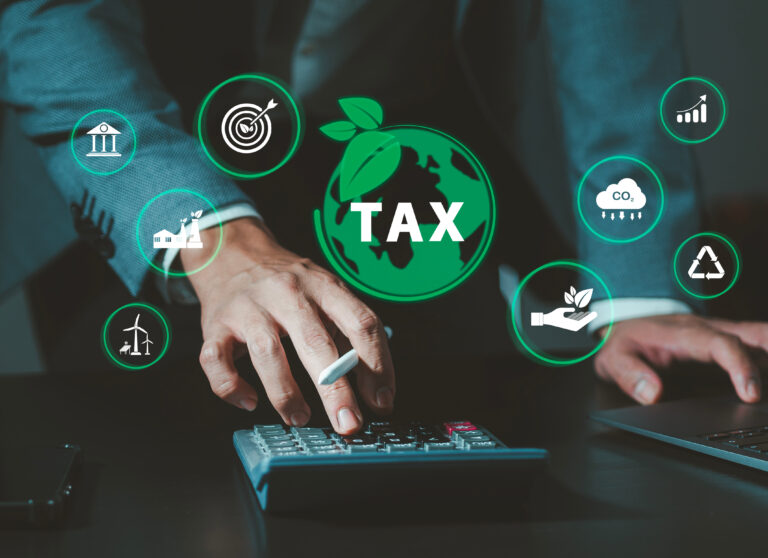July 18, 2024
Tomika Bullet
Principal, Tax Controversy
Atlanta, GA

Related Services
< Back to Resource Center
Watch Out for Red Flags: The Clean Energy Tax Credit Scam
The Inflation Reduction Act (IRA) introduced valuable clean energy tax credits, but scammers are taking advantage of the complexity to target unsuspecting taxpayers, especially taxpayers who file Form 1040. The Internal Revenue Service (IRS) has issued warnings about a new scheme involving the purchase of these credits, urging vigilance. Taxpayers should be equipped with knowledge to identify potential red flags and take action if they may have been victims of the scam.
Understanding the Scam
The scam focuses on the misunderstanding of the IRA’s transferability provisions, which allow you to purchase clean energy credits generated by other entities to offset your tax liability. However, scammers often misrepresent the eligibility criteria or the actual benefits these credits provide, causing the taxpayer to file and claim purchased clean energy credits while not actually being able to benefit from them.
Red Flags to Watch Out For
Taxpayers should be on the lookout for the following red flags when dealing with preparers:
- Unsolicited Offers: Be wary of unsolicited calls, emails or mail promoting clean energy tax credits. Legitimate tax professionals won’t resort to such tactics.
- Guaranteed High Returns: If someone promises significant tax savings through clean energy credits without understanding your specific tax situation, it’s a red flag.
- Pressure to Act Quickly: Scammers often try to create a sense of urgency to rush you into a decision before you can properly investigate.
- Unrealistic Claims: If the offer sounds too good to be true, it probably is. Don’t be swayed by claims of excessive tax breaks.
- Unqualified Preparers: Never trust someone who isn’t a licensed tax professional to handle your tax return, especially when dealing with complex credits.
- Unfamiliar Forms or Procedures: The IRS has specific forms and processes for claiming clean energy credits. Be wary if your preparer uses unfamiliar documents or suggests unconventional methods.
What to Do if You Think You’ve Been Scammed
- Don’t File Your Return: If you suspect you’ve been targeted by the scam, halt filing your tax return immediately.
- Contact the IRS: Report the scam to the IRS by calling their hotline (1-800-829-1040) or visiting their website.
- Seek Professional Help: Consult a reputable tax professional to review your situation and determine the best course of action. They can help amend your return if necessary and avoid further complications with the IRS.
- Gather Evidence: Collect any documentation related to the scam, including emails, contracts and receipts from the preparer. This evidence will be crucial if the IRS engages further investigation.
- Consider Reporting the Preparer: If you used a tax preparer involved in the scam, consider filing a complaint with the IRS or your state’s licensing board for tax professionals.
Staying Safe Going Forward
Before claiming any tax credit, including clean energy credits, educate yourself on the eligibility requirements and limitations, and seek help from a credentialed tax professional who specializes in complex tax matters. Taxpayers should also be wary of unfamiliar terminology, as scammers often use complex jargon to confuse taxpayers. Finally, never share your Social Security number, financial information or tax documents with anyone you do not trust completely.
By understanding the red flags and taking the necessary steps if scammed, you can protect yourself from this emerging tax credit scheme. Remember, the IRS will never initiate contact through unsolicited calls, emails or texts. If you believe you have been victim to scam, don’t hesitate to seek professional help – Windham Brannon’s Tax Controversy Practice can help you confirm your eligibility for clean energy credits and address any potential adverse effects as a result of scamming. For more information, contact your Windham Brannon advisor today, or contact Tomika Bullet.


